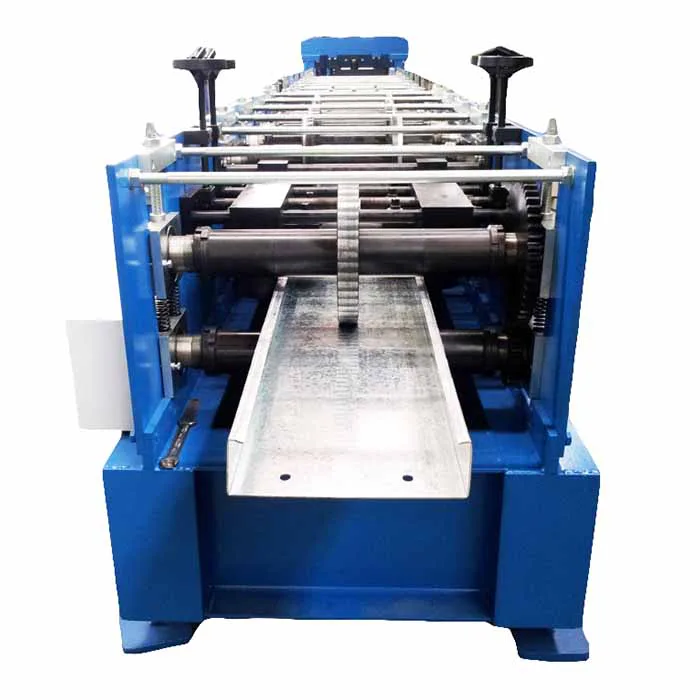
Best Practices for Operating and Maintaining Plate Bender Machines
- By:Metmac
- 2024-09-11
- 175
Best Practices for Operating and Maintaining Plate Bender Machines: A Masterclass in Precision Metalworking
In the realm of metal fabrication, precision and efficiency reign supreme. To ensure seamless operations and maintain the longevity of plate bender machines, adhering to industry best practices is paramount. This article delves into the essential practices that will empower fabricators to harness the full potential of their plate benders while minimizing downtime and maximizing productivity.
Proper Setup and Calibration
meticulous machine setup is the cornerstone of successful plate bending operations. Verifying the alignment of the machine components, calibrating the bending angle sensors, and setting the appropriate pressure ensure optimal performance. By employing precision tools and following manufacturer recommendations during setup, fabricators can guarantee accurate and consistent bends.
Material Selection and Preparation
The choice of material plays a significant role in the plate bending process. Understanding the material’s properties, such as thickness, yield strength, and elongation, helps in determining the appropriate bending parameters. Proper preparation involves cleaning the material surfaces to remove any contaminants and applying lubricants to minimize friction and reduce wear on the bending dies.
Bending Techniques
Depending on the application, different bending techniques may be employed, including air bending, bottom bending, and coining. Air bending involves bending the material around a die without any additional support, while bottom bending uses a clamp to hold the material against a die. Coining applies high pressure to create tight radii and sharp angles. Understanding these techniques and selecting the appropriate one for the task at hand ensures desired results.
Die Selection and Maintenance
Choosing the correct bending dies for the material thickness and bending radius is essential. Regularly inspecting dies for wear or damage and replacing them when necessary helps maintain bending accuracy and extend their lifespan. Additionally, proper die lubrication and storage practices prevent corrosion and prolong die longevity.
Machine Monitoring and Maintenance
Regularly monitoring the machine’s performance and conducting preventive maintenance are crucial for anticipating potential issues. Inspecting hydraulic systems for leaks, checking electrical connections for proper operation, and lubricating moving parts reduce the likelihood of unexpected breakdowns. By adhering to a proactive maintenance schedule, fabricators can minimize downtime and ensure uninterrupted operations.
Operator Training and Safety
Well-trained operators are essential for maximizing plate bender efficiency and minimizing safety risks. Comprehensive training covers machine operation, bending techniques, material handling, and emergency procedures. Following proper safety protocols, such as wearing personal protective equipment, maintaining a clean work area, and being aware of potential hazards, ensures a safe and productive work environment.
By implementing these best practices, metal fabricators can harness the full potential of their plate bender machines. Precision setups, skilled material selection, appropriate bending techniques, meticulous die management, proactive maintenance, and a commitment to operator safety and training lead to seamless operations, increased productivity, and enhanced efficiency. Embracing these practices empowers fabricators to achieve unparalleled performance and establish themselves as industry leaders.
-
Metal Sheet Forming Machine: The Engine of Modern Fabrication and the METMAC Standard
2025/12/30 -
Laser Cutting Machine for Steel Plate: Precision Redefined for Modern Fabrication
2025/12/30 -
Metal Curving Machine: Shaping Strength with Precision and the Art of METMAC Engineering
2025/12/30 -
Shear Metal Cutting Machine: Precision, Power, and the METMAC Standard
2025/12/30
-
Advanced Sheet Metal Rolling, Laser Cutting, and Folding Machines for Precision Fabrication
2025/10/31 -
High-Performance Sheet Metal Bending and Cutting Machines for Modern Fabrication
2025/10/31 -
High-Quality Sheet Metal Equipment for Sale: Efficient Solutions for Modern Manufacturing
2025/10/31 -
High-Performance Sheet Metal Equipment for Sale: Forming and Shearing Solutions for Modern Fabrication
2025/10/22
-
A Guide to the Latest Innovations in Sheet Metal Folding Machines
2024/11/29 -
Key Features to Consider When Investing in a Sheet Metal Folding Machine
2024/11/28 -
Enhancing Precision with Advanced Sheet Metal Folding Machines
2024/11/27 -
How to Choose the Right Sheet Metal Folding Machine for Your Workshop
2024/11/26







